How are Nitrogen Tanks used for food preservation?
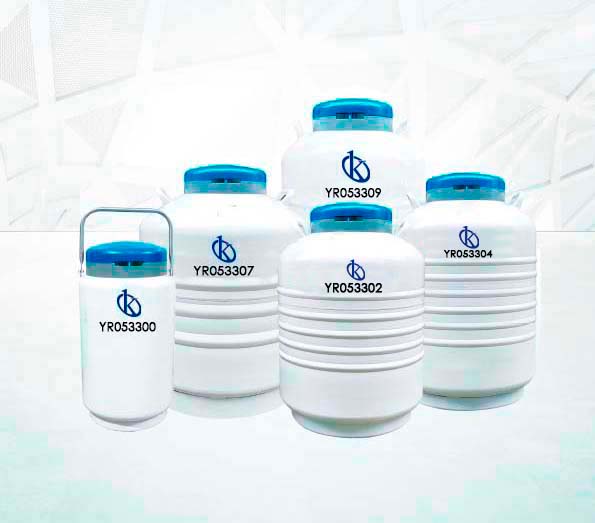
The preservation of food is a key stage in the production and consumption chain, since it prolongs the shelf life of the food, while ensuring that they reach the consumer in optimal conditions. This is essential, since the physicochemical,
Nitrogen Tanks for the Conservation of Biological Samples
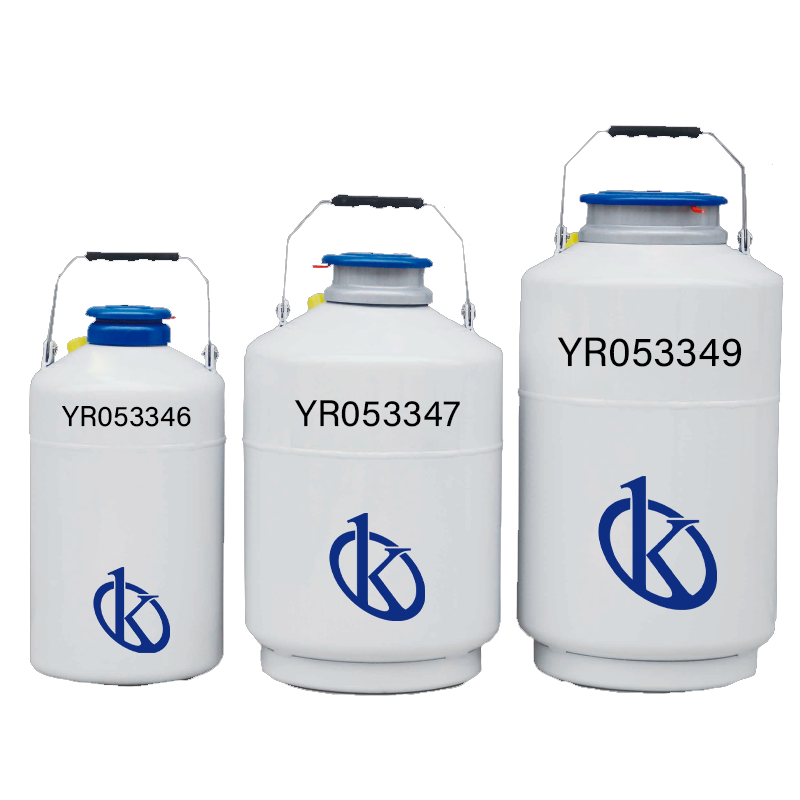
Liquid nitrogen, which is more expensive than dry ice, is generally used for biological sample conservation and there are more potential risks with respect to its handling. However, for different types of samples to be stored in the glass phase (in this case it is referred to temperatures below -150 °C),
How should a tank of liquid nitrogen be handled?
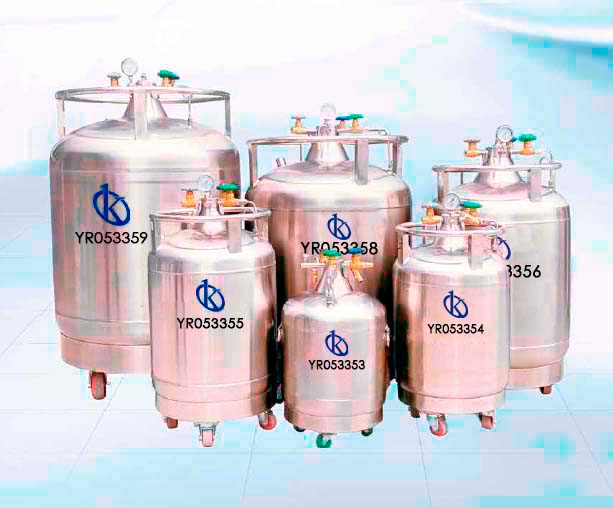
Nitrogen is a chemical element found in group 15 and period 2 of the periodic table and, in addition, its atomic number is 7, that is, each atom of it has 7 protons in its nucleus. On Earth, making up 78% of the atmosphere, is molecular nitrogen, which is just two nitrogen atoms joined together.
How viscometers are operated?

Viscometers are indispensable measuring tools in the chemical, petroleum, pharmaceutical and food industries, among others. They are devices designed to measure the resistance or viscosity of liquids, crystals or gases, and are used to determine the purity of potent chemicals, the quality of drugs, and various industrial procedures. However, to obtain reliable measurements that lead to product improvement, it is necessary to know how to operate such equipment.
Safe Sampling of Blood Reagents in Laboratory Analysis Units
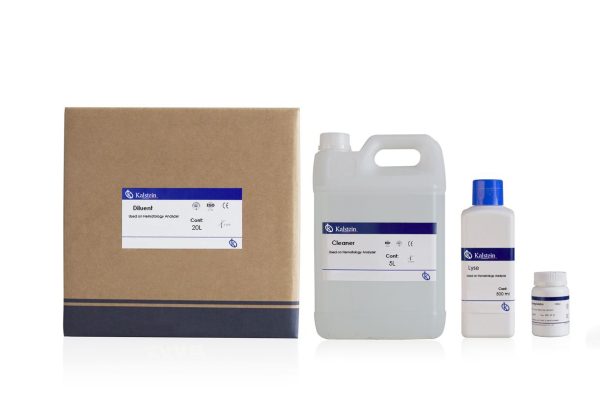
Sampling for the analysis of blood reagents is one of the most important aspects of laboratory procedures; it is essential for the diagnosis, treatment and monitoring of diseases, making safe sampling a critical task for healthcare professionals.
Inadequate reagent concentrations in hematology analysis
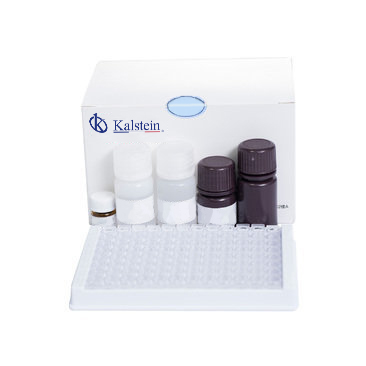
Hematology is a clinical discipline that focuses on the study of blood, including its composition, structure and function. This discipline is used to diagnose and treat various blood-related health problems, such as anemia, infectious diseases, coagulation disorders and many other hematological disorders. Hematology tests are performed to help clinicians accurately identify health problems affecting the blood and decide the best treatments for patients.
What specific characteristics should be taken into account when choosing laboratory hematology analyzers?
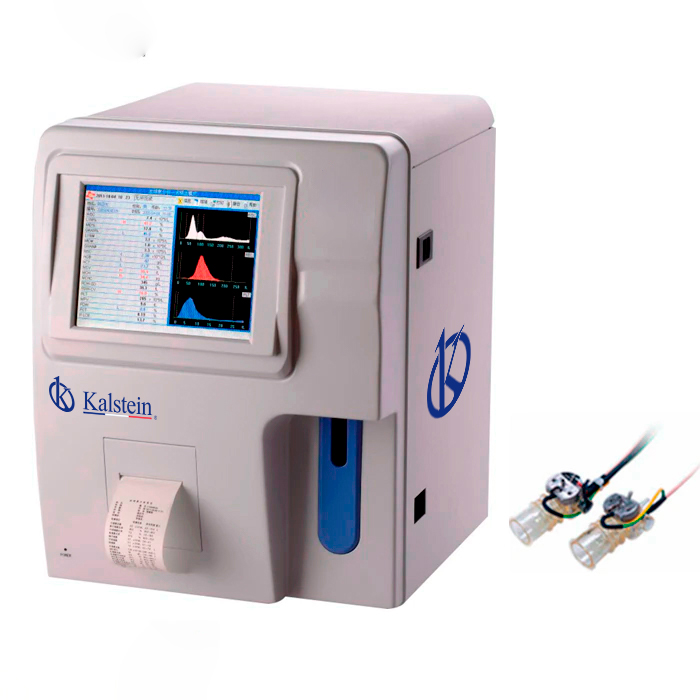
Current hematology analyzers are high-tech devices designed to measure, classify, and count different components of blood, helping laboratories and clinicians better understand general health status and required treatments. These devices are usually used to detect diseases and conditions, determine the size and number of blood cells, measure cell counts, determine protein levels, and detect clotting problems.
Safety cabinets for laboratories: guarantee the best storage control

Laboratory safety and storage cabinets are an excellent solution for ensuring proper storage control, from chemicals to reagents, solutions and packaging, as well as protecting laboratory users from hazards. These specialized configurations are offered in application-specific referenced styles, with specific safety features designed to complete the optimal chemical storage.
Facilitating the Use of Laboratory Balances with Management Software
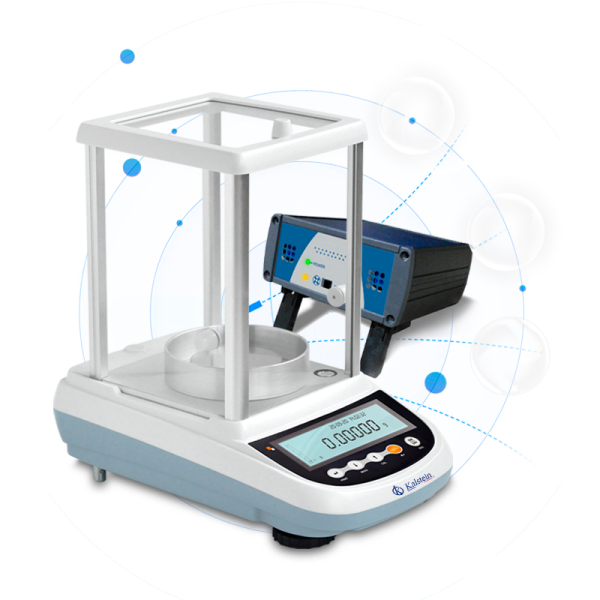
The laboratory balance is an essential instrumental tool in many scientific and experimental processes; it facilitates the measurement and analysis of different substances; as technology advances, the use of management software to manage and record data from experiments is becoming more and more common.
The discoveries of the Pathological Anatomy teams
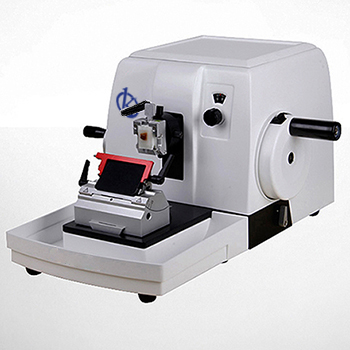
Pathological anatomy is one of the most important branches of medicine; it is mainly responsible for the diagnosis and study of human and animal diseases through the exploration and study in microscopy of tissues and organs.
